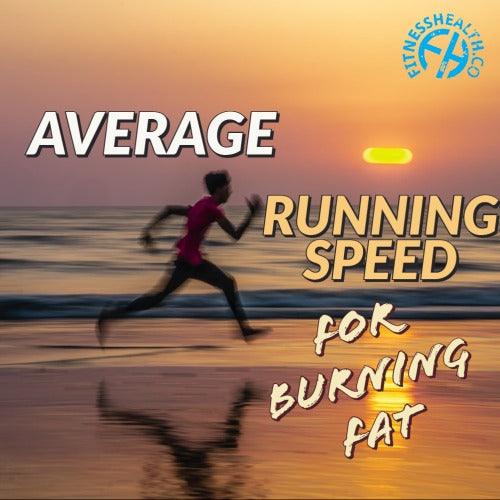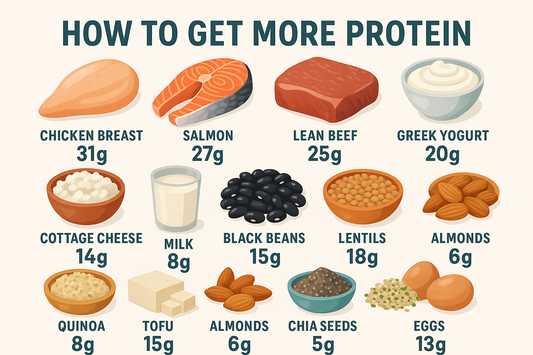Want to alter the way your body looks? Shift some of those pounds by going on daily runs. I'm sure a lot of you have already incorporated runs in your daily health schedules. And, frankly, you don't need me to accompany you on your running sessions.
What you really need me for is to tell you how to run the right way. You must be wondering, "Running the right way? That does not make sense. I know how to run."
Your confusion is valid. Who knew there was a proper way to run, right? But, there is, and it is high time you knew about it.
After all, if you are looking to lose some of that fat by taking out the time to run every day, you would want to extract its true fat-burning potential. Your efforts should not be in vain.
The first thing I'm going to talk about is the average running speed or meters per second for burning fat.
At What Speed (Meters per Second) Should You Run for Maximum Fat Burning?
Your pace is crucial in determining the session's fat-burning potential. If you jog for 30 minutes straight, you will manage to burn 180 to 185 calories, depending on your weight.
That means that if you run at a pace of 6 mph (that's 2.68 meters per second/mps), you can say goodbye to 300 to 444 calories in approximately 30 minutes. According to research, the average speed for a runner to burn 495 to 733 calories in 30 minutes is 10 mph (or 4.47 meters per second/mps).
Tips to Burn Maximum Belly Fat On a Run
Check out some of these exciting tips and become the fat-burning machine you so crave to be.
- Say no to pre-training snacks
Do not make the mistake of munching on carbs before you run because your fat-burning potential decreases considerably. According to research, runners who have a pre-training snack are likely to lower their body's metabolism.
Snacking before your run might be able to boost your energy levels, but shorter training runs don't require you to opt for a pre-snack. But there's good news.
You can have your snacks midway into your run without slowing down metabolism!
- Remember to rest
Taking rests during your run can seem like something amateurs would do but it is not. Research has shown that if you take breaks in the middle of your training, you can burn more fat than when you skip breaks. How is that possible?
The answer is rather simple. The breaks in your training provide the necessary time for your metabolism to accelerate higher than it would during a no-break exercise.
This makes the life of runners easier, doesn’t it?
- Take out time for longer runs
A common misconception among a lot of runners is that the higher the speed, the more significant amount of fat the body will burn. You should know that not all strenuous exercises can help cut down unnecessary fat. Long, steady runs are a long-time tradition used by people to burn fat.
According to certain studies, a one hour run burnt 500% more calories compared to a half an hour run.
- Amp up your runs
Advance from running on flat routes to slopes to accelerate the fat-burning process. The slope adds an increased effort to your run, making the body work harder. Short hills are best for maximum weight cuts.
So, consider making hills your training spots! It would be best if you do four sets of 10 second uphill sprints with six reps. Make the downward journey the recovery and resting period.
- Try high-intensity interval runs
For all those who claim to have no time to go for long runs, well, we have a suggestion.
High-intensity interval training is being raved about by weight-loss experts. In this context, these are short, high-intensity bursts of running. You run at 90% of the maximum heart rate and instantly lose a considerable amount of weight in a shorter duration.
When you do such explosive runs, you activate your metabolism. An optimal running routine could be doing a 30-minute HIIT session and alternating that with one-minute sprints and four minutes of jogging in intervals.
So, there you have it. We have shared the average speed or meters per second you should be running to lose weight as well as some tips. We hope these help you out.











